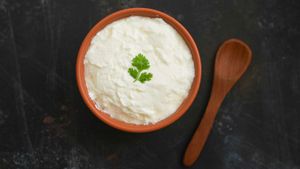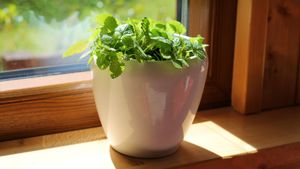Snapshots
Humans have been cooking for ages, and vessels have existed ever since—evolving with the human race from barks and clay, terracotta and iron, to copper, bronze, and steel. Over time we have learnt that the vessels we cook in and eat from fortify our food too. The past few years have seen people return to traditional cookware for the health benefits they promise.
Back to roots

In the past few decades, since the advent of aluminium, stainless steel, and non-stick cookware—the modern kitchen had moved away from traditional utensils for convenience, cost, and cosmetic reasons. But, in the past few years, we have seen it reclaim its rightful space. At first glance it may look like another passing trend but there is more to this resurgence than just aesthetics.
“A lot of people have started realising the health benefits of traditional metals in the past few years,” says Aditya Agarwal of P-tal, a brand that makes traditional brass cook and serve ware. “Post the pandemic, which forced people to focus on what they eat and how they cook it, we have seen an increase in demand for traditional cookware,” he adds. Agarwal, whose brand makes pure brass and copper vessels, also receives regular enquiries about the benefits of traditional metals and a majority of his customers come back to share positive impact they have experienced post the switch.
Neutralising damage

Cooking in stainless steel can cause the food to loose up to 60 per cent of nutrition; cooking in non-stick can cause the coating to leech into your food and can be cancerous; aluminium from the cookware is said to replace zinc in the body; and plastic and melamine always leech micro plastic in your food. These are scientifically proven side-effects of the new-age cookware that have negatively impacted our wellbeing for years. Going back to traditional metals and material means that you can mitigate these negatives.
“The most important thing about using traditional cookware is that cooking in it does not harm you,” says Meera Ramakrishnan of Zishta, who not only works extensively with craftsmen using age-old methods but also studies the effect of the metals on food cooked in them. “Vedic science tells us that the water, air, and the food we intake should be pure, and by using these materials you purify both water and food.” There is also the environmental damage. New age cookware needs replacement every few years adding to solid waste and soil contamination, whereas traditional cookware can last a lifetime and be recycled as needed — another reason for the conscious shift.
Wellness and health benefits
Food cooked in traditional cookware has scientifically proven benefits. “Ayurveda has taught us the alkalising effect of bronze on food; it promotes healthy red blood cell development, and prevents gastric ailments, diabetes and skin disorders,” says Mallika Buddhiraja, co founder of Baarique, a high-end serve ware brand that works with bronze and brass. “Copper,” adds Mallika, “boasts of antioxidant, anti-inflammatory, and anti-ageing properties, and is effective against bacteria that are commonly found in our daily environment.”
Eating from bronze and brass therefore have been prescribed in Ayurveda and Vedic science. Cooking in traditional cookware also retains up to 98 per cent of the micronutrients, while also adding to its mineral and vitamin density. “Soapstone, clay, brass, bronze, iron—all materials leech minerals into the food you cook. While only that may not be enough for your body’s needs, it surely fortifies the food,” adds Meera. Cooking in iron and cast iron, for example, improves the iron content of food and helps deal with iron deficiency; clay neutralises acid, while also adding essential minerals to it; soapstone improves calcium; and tin prevents diseases like diabetes.
Shift in customer base
While until some time ago, it was the older customers that gravitated towards traditional vessels, lately, the segment has seen a shift to a much younger clientele. “Younger people have started to invest in traditional cookware,” says Kavia Maria Cherian of Green Heirloom, a Kochi-based enterprise that makes bronze cookware. “Pure bronze,” says Kavia, “is an expensive alloy but my customers are choosing to invest in it for the benefits it promises.” Earlier, feels Meera, customers were drawn to traditional cookware for the nostalgic value but now our customer base is also in their 20s and 30s. They look at at this as an investment for both health and environment and that’s a win-win for everyone.
Traditional cookware brands you can invest in:
1. Ptal: A Chandigarh based brand that aims at reviving the dying craft of thatheras and bring traditional utensils in modern format.
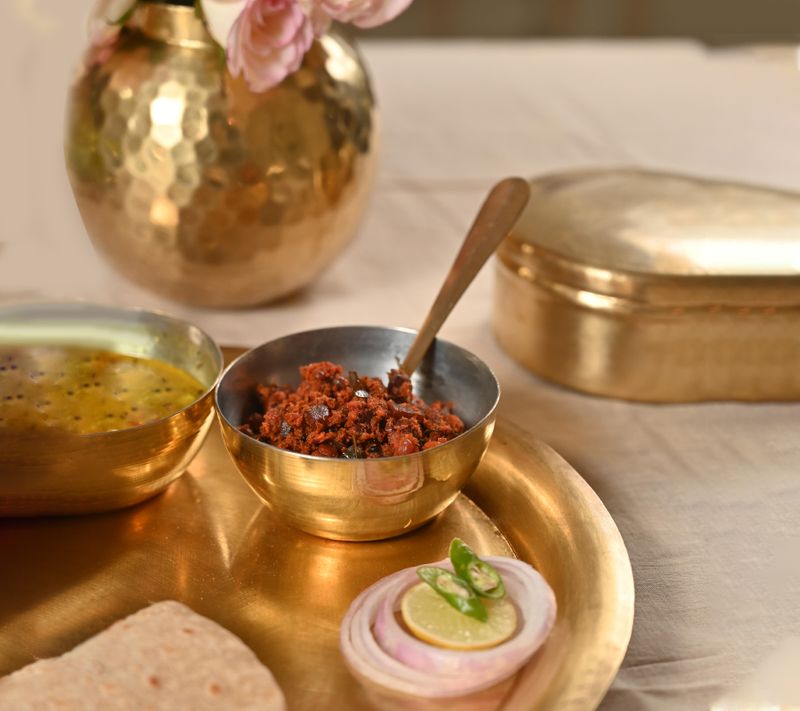
2. Zishta: Zishta was founded for the love of preserving heritage. The Bengaluru-based brand works with rural artisans who have been hand crafting utensils using traditional techniques mastered by their ancestors.
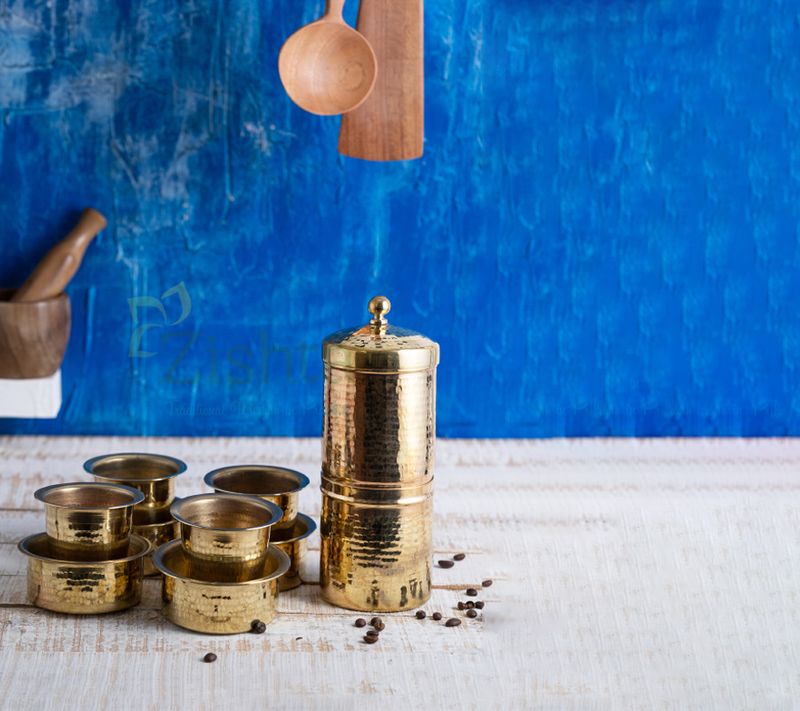
3. Green Heirloom: Kochi based Green Heirloom is a platform that offers sustainable and eco-friendly cookware from artisans and creators across the country.

4. Baarique: The team works with finest quality brass and bronze and their USP is the food grade art that adorns their expansive array of serve ware.
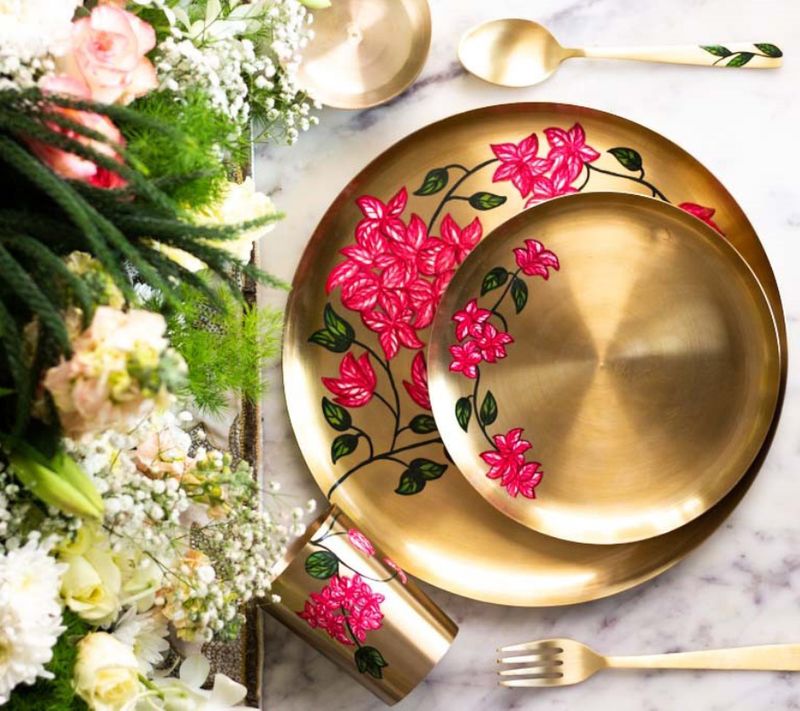
5. Studio Coppre: One of the first to bring traditional serve ware in modern format, they offer good quality dine and drink ware.




